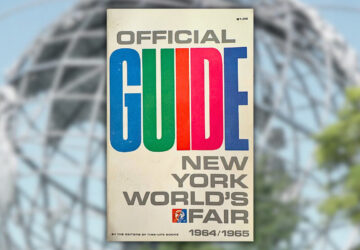Many San Franciscans are familiar with the city’s main library branch in the Civic Center, which opened to great fanfare in 1996. Less familiar but impressive in their own right are the city’s local library branches. In this Untapped series, we’ll feature San Francisco’s seven Carnegie branches.
From the late 1800s to early 1900s, wealthy businessman Andrew Carnegie dedicated millions to the development of libraries throughout the world. In 1901, Carnegie granted $750,000 to San Francisco, requiring that half go to the development of local branches.
Nestled throughout San Francisco, these neighborhood libraries reflect their unique communities and carry fascinating histories. Many are thriving thanks to the Branch Library Improvement Program, which kicked off with a first round of renovations in 2000 and is nearing completion. In part one of this series, we’ll visit the first three Carnegie libraries: the Mission, Richmond and Noe Valley branches.
Mission
The Mission branch was the first local library in San Francisco, developed after a long struggle for funding. After many years of campaigning for a higher budget, library advocates made some headway in 1888. That year, the city’s annual library report grudgingly thanked the Board of Supervisors for the small increase in funds that would allow them to move ahead with a local branch: “This amount, though too meagre for all our necessities, is still so gratifying that we have been emboldened to set up a Branch Reading Room and Library near Mission and Twenty-second streets.”
The Mission branch opened in a rented building later that year, and even survived the 1906 earthquake. Still, library advocates kept up the fight for a more substantial local branch, concerned that the community and number of resources were “too large to be well served by so small a library.” Thanks to the Carnegie grant, the library moved to its new two-story building at 24th and Bartlett in 1916. Library supporters pronounced it “permanently adequate for the district.”
Today, the Mission branch is open 7 days a week, easily accessible from the bustling 24th and Mission BART station just a half-block away. Under the high ceilings of the grand main room, visitors sit at full tables tapping away on their laptops. The library, renovated one year before the formal branch improvement program, offers a large selection of Spanish language materials for the Mission neighborhood’s Latino community. It also features a special collection highlighting Latin American history and culture.
The main room of the Richmond branch.
Noe Valley
You’ll find the Noe Valley library on a quiet residential street, framed by the classic Edwardian houses the neighborhood is known for. Designed in 1916, this beautiful building is smaller than the Richmond and Mission branches, making it even more inviting. If there’s a library where you could borrow a cup of sugar, this would be it!


Outside the Noe branch, and a detail of the exterior.
Fittingly for Noe, where baby strollers abound, this was the first library to open with a featured children’s room–one of the first things you see when you enter the building. The ornate ceilings are typical of the Classical Revival style used in many of the Carnegie buildings:
The library reopened after renovation in 2008. The main room displays the library’s history, including copies of letters from Carnegie and photos of the library’s construction. Also featured is the story of Sally Brunn, a Noe Valley resident and lifetime library advocate. In the 1980s, the Noe branch was threatened twice with closure, and Brunn led the charge to keep the library open and raise additional money for improvements. After she died in 1991, the library was officially renamed as the Noe Valley – Sally Brunn Library.
Stay tuned for part II to learn more about the local libraries of San Francisco.









